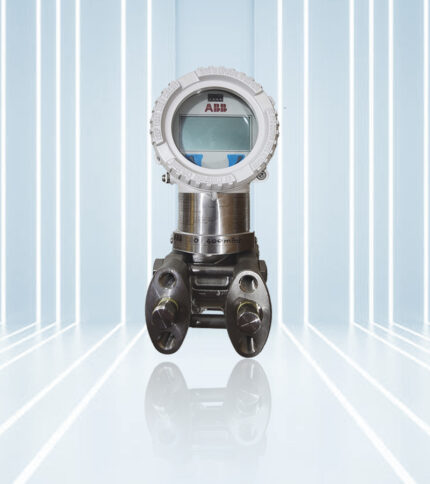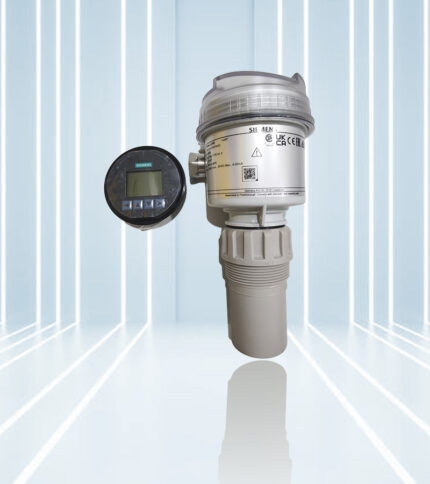Description
The Remote Mount Transmitter is a versatile instrument designed for accurate measurement and transmission of process variables in industrial settings. Unlike traditional transmitters mounted directly at the measurement point, the remote mount transmitter is installed away from the process, allowing for greater flexibility and accessibility in monitoring critical parameters. Our Remote Mount Transmitter is built with robust materials and components, making it suitable for harsh industrial environments. Its compact and rugged design ensures reliable performance even in challenging conditions, providing dependable measurement and transmission of process variables such as temperature, pressure, level, and flow.
Installation and integration are straightforward with our transmitter, thanks to its compatibility with various sensor types and communication protocols. Whether using thermocouples, RTDs, pressure transducers, or ultrasonic sensors, our transmitter seamlessly interfaces with sensors to provide accurate and reliable measurement data. Key features of our Remote Mount Transmitter include high accuracy, fast response time, and wide temperature range, ensuring precise monitoring of process variables. The transmitter also offers advanced diagnostic functions and alarm capabilities to alert operators to potential issues or deviations, minimizing downtime and preventing equipment damage. Our Remote Mount Transmitter finds applications across various industries, including oil and gas, chemical processing, water treatment, and power generation. Whether it’s monitoring temperature in pipelines, pressure in vessels, level in tanks, or flow in pipelines, our transmitter provides essential data for process control, optimization, and regulatory compliance.
Benefits
- Versatile Installation: The Remote Mount Transmitter allows for remote mounting away from the measurement point, providing flexibility in installation and accessibility to hard-to-reach locations.
- Enhanced Safety: By enabling measurement of critical parameters from a distance, the transmitter reduces the need for personnel to access potentially hazardous or inaccessible areas, improving safety in industrial environments.
- Reduced Maintenance: With remote mounting, the transmitter is less exposed to harsh environmental conditions and mechanical stress, resulting in lower maintenance requirements and extended operational lifespan.
- Space Optimization: Remote mounting frees up space at the measurement point, allowing for easier maintenance access and reducing clutter in confined areas.
- Compatibility: The transmitter is compatible with various sensor types and communication protocols, offering versatility and ease of integration into existing systems.
Technology
- Sensor Compatibility: The Remote Mount Transmitter is compatible with a wide range of sensor types, including thermocouples, RTDs, pressure transducers, level sensors, and flow meters, ensuring flexibility in monitoring different process variables.
- Signal Transmission: Utilizes advanced signal transmission technology such as analog or digital communication protocols (e.g., 4-20 mA, HART, Modbus) to transmit measurement data accurately and reliably over long distances.
- Remote Sensing: Incorporates remote sensing capabilities to accurately measure process variables at the measurement point and transmit data to the remote transmitter for analysis and transmission.
- Power Supply Options: Offers various power supply options, including battery-powered or loop-powered configurations, ensuring compatibility with different installation environments and requirements.
- Signal Conditioning: Utilizes signal conditioning techniques to filter and amplify sensor signals, ensuring accurate measurement and transmission of process variables.
Reliability
- Robust Construction: Built with durable materials and components, the Remote Mount Transmitter is designed to withstand harsh industrial environments, ensuring long-term reliability and performance.
- Environmental Sealing: The transmitter is sealed to protect internal components from dust, moisture, and other environmental contaminants, ensuring reliable operation in challenging conditions.
- Temperature Compensation: Incorporates temperature compensation techniques to ensure measurement accuracy over a wide range of operating temperatures, maintaining reliability in diverse environments.
- Calibration Stability: The transmitter maintains calibration stability over time, minimizing drift and ensuring accurate measurement results throughout its operational life.
- Quality Assurance: Manufactured to stringent quality standards and subjected to rigorous testing procedures, the transmitter undergoes thorough quality assurance processes to ensure reliability and durability.










